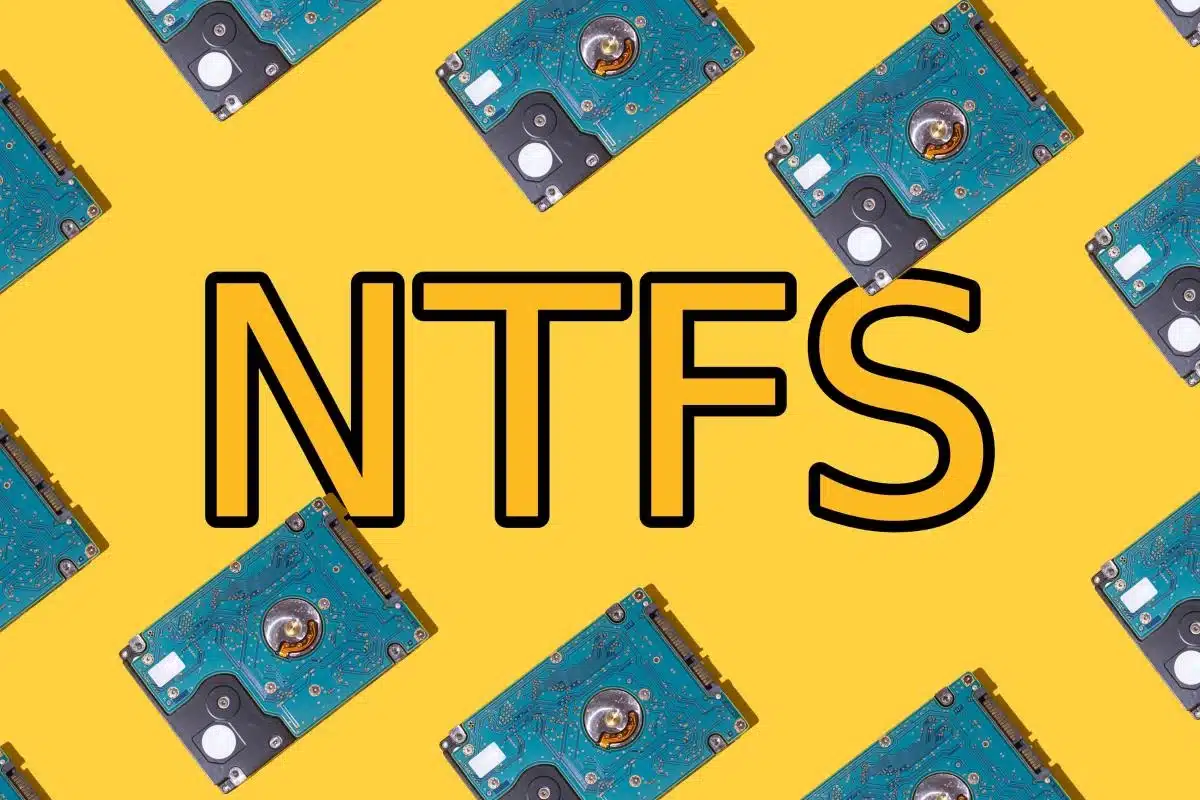Understanding NTFS | The Essential File System Powering Microsoft Windows
NTFS, which stands for New Technology File System, was introduced by Microsoft in 1993 alongside the release of Windows NT 3.1. Now, it serves as the primary file system for modern Windows operating systems, including Windows 11, 10, 8, 7, Vista, XP, and Windows Server versions. Additionally, it has cross-platform support with read-only access available on macOS, and full functionality in Linux and BSD systems.
How to Check if a Drive is NTFS
To ascertain if a hard drive is formatted with NTFS, there are several methods available:
- Using Disk Management: Access the Disk Management tool. This interface will provide details about the formatted file system along with volume information.
- Open File Explorer: Right-click the desired drive in File Explorer, select “Properties,” and check the “File System” entry under the “General” tab.
- Command Prompt: Open Command Prompt and use the command
fsutil fsinfo volumeinfo C:to see file system details. You can filter results specifically for the file system withfsutil fsinfo volumeinfo C: | findstr "System".
NTFS Features and Capabilities
NTFS is capable of supporting drives nearly up to 16 exabytes, with individual file sizes capped at approximately 256 terabytes. Some key features of NTFS include:
- Disk Quotas: Administrators can set restrictions on disk space usage for individual users, making it easier to manage shared environments.
- File Attributes: Unique attributes such as compression and indexed access enhance data handling.
- Encrypting File System (EFS): Allows for file-level encryption, ensuring sensitive data is secure while separate from full disk encryption methods.
- Journaling: NTFS tracks changes through a journal, providing increased reliability and allowing easy recovery in the event of a system failure.
- Volume Shadow Copy Service: Used for creating backups of files that are in use, ensuring that data remains intact.
- Transactional NTFS: Supports applications in managing successful or failed transactions, enhancing data integrity within applications.
Alternatives to NTFS
Historically, FAT was the go-to file system for earlier versions of Windows. While NTFS has largely replaced it, FAT is still supported across all Windows versions for compatibility reasons. The exFAT file system is another alternative, mainly for use in flash drives where NTFS may not be ideal due to its complexity and overhead.
ColoCrossing excels in providing enterprise Colocation Services, Dedicated Servers, VPS, and a variety of Managed Solutions, operating from 8 data center locations nationwide. We cater to the diverse needs of businesses of any size, offering tailored solutions for your unique requirements. With our unwavering commitment to reliability, security, and performance, we ensure a seamless hosting experience.
For Inquiries or to receive a personalized quote, please reach out to us through our contact form here or email us at sales@colocrossing.com.

